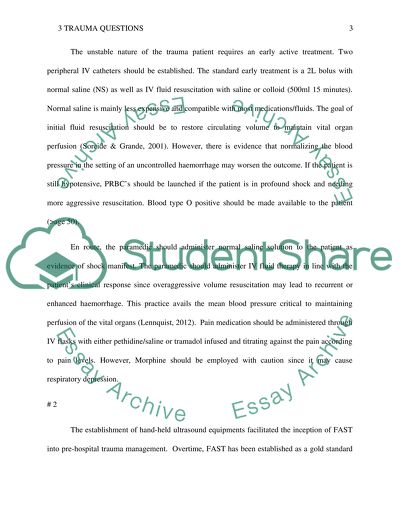Cite this document
(“Trauma Questions Essay Example | Topics and Well Written Essays - 1250 words”, n.d.)
Retrieved from https://studentshare.org/health-sciences-medicine/1458569-3-trauma-questions
Retrieved from https://studentshare.org/health-sciences-medicine/1458569-3-trauma-questions
(Trauma Questions Essay Example | Topics and Well Written Essays - 1250 Words)
https://studentshare.org/health-sciences-medicine/1458569-3-trauma-questions.
https://studentshare.org/health-sciences-medicine/1458569-3-trauma-questions.
“Trauma Questions Essay Example | Topics and Well Written Essays - 1250 Words”, n.d. https://studentshare.org/health-sciences-medicine/1458569-3-trauma-questions.


